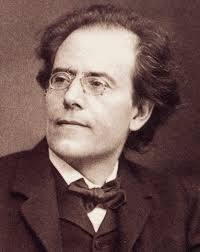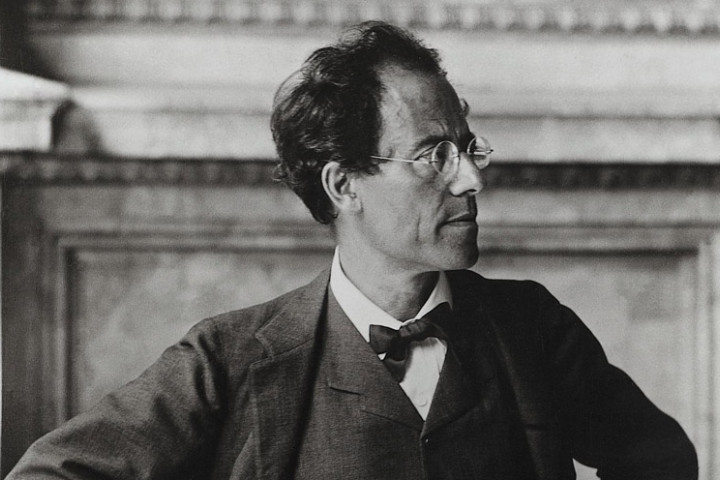The History of Symphony No. 8 by Gustav Mahler
“Try to imagine the whole universe beginning to ring and resound. There are no longer human voices, but planets and suns revolving.” — Gustav Mahler on Symphony No. 8
Gustav Mahler’s Symphony No. 8 in E-flat major, often referred to as the “Symphony of a Thousand,” stands as one of the most ambitious and monumental works in Western classical music. Composed in 1906 and premiered in 1910, this symphony represents the pinnacle of Mahler’s lifelong pursuit to fuse spiritual grandeur with orchestral innovation.
A Colossal Vision
The nickname “Symphony of a Thousand” was not Mahler’s own invention, but rather a marketing tool coined by promoters of the 1910 premiere in Munich, referencing the sheer scale of performers involved—over 1,000 musicians, including a massive orchestra, multiple choirs, soloists, and organ. Though Mahler disliked the label, the name stuck, highlighting the overwhelming sonic and emotional power of the piece.
Mahler began composing the symphony during the summer of 1906 while vacationing in Maiernigg, Austria. Unlike his previous symphonies, which were often shaped by personal struggles and introspective themes, Symphony No. 8 emerged with an uncharacteristic burst of inspiration. Mahler completed the first draft in just eight weeks, describing it as “the greatest thing I have ever done.”
Structure and Themes
The symphony is structured in two parts:
- Part I is a setting of the 9th-century Latin hymn Veni, creator spiritus (Come, Creator Spirit), a traditional invocation of the Holy Spirit.
- Part II is a dramatic scene from the final act of Goethe’s Faust, specifically the “Chorus Mysticus,” a metaphysical text that meditates on salvation, love, and redemption.
Though the two texts come from different centuries and traditions—Christian liturgy and German Romantic literature—Mahler viewed them as spiritually connected. The unifying theme is the redemptive power of love, both divine and human.
Unlike his other symphonies, Symphony No. 8 does not follow a conventional four-movement structure. Instead, its two vast parts form a continuous philosophical and musical journey, blending symphonic, choral, and operatic elements into a single, transcendental whole.
The Premiere: A Cultural Event
The world premiere took place on September 12, 1910, at the Neue Musik-Festhalle in Munich. It was conducted by Mahler himself and featured an enormous ensemble, including the Munich Philharmonic and choirs from across Germany and Austria.
The event was not only a musical but also a cultural sensation. Among the thousands in attendance were notable figures such as Richard Strauss, Thomas Mann, Sigmund Freud, Leopold Stokowski, and Arnold Schoenberg. For Mahler, it was one of the few triumphant moments in a career often marked by controversy and mixed receptions.
Legacy and Influence
Mahler died less than a year after the premiere, in May 1911, never hearing the symphony performed again. Yet Symphony No. 8 remains one of his most enduring masterpieces—a work that continues to awe audiences with its magnitude, depth, and emotional intensity.
The symphony’s vast orchestration and choral requirements make performances rare and logistically demanding, but each occasion becomes a monumental musical event. It is widely regarded as a spiritual epic, a synthesis of artistic expression and metaphysical longing.
For many, Symphony No. 8 is not merely a symphonic work—it is an immersive experience, a celebration of the human spirit and the divine, of music as a unifying force. It encapsulates Mahler’s artistic philosophy: to create a world within sound.
Final Thoughts
Symphony No. 8 is perhaps the ultimate expression of Gustav Mahler’s belief in music’s ability to transcend boundaries—between life and death, the earthly and the eternal, the individual and the cosmos. As one of the most powerful choral symphonies ever composed, it stands as a towering achievement in the history of classical music.


Comments are closed